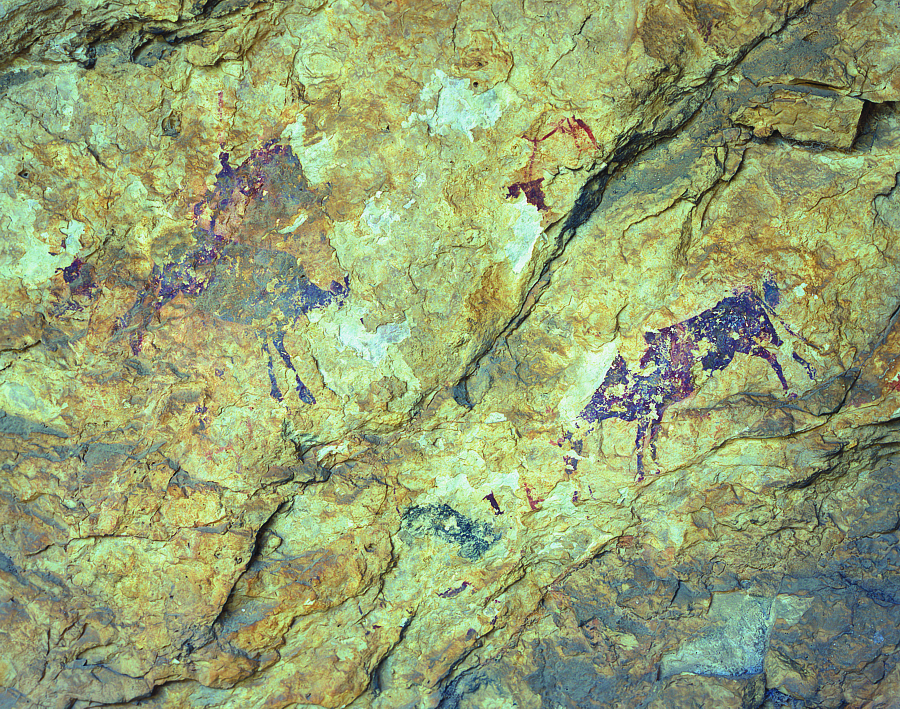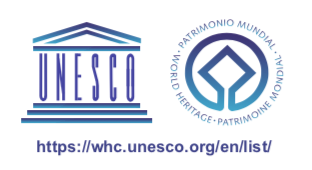Type of site:
Rock-Shelters
Place of location: Sierras del Maestrazgo de Teruel
Village/Town: Mosqueruela / Castellote / Ladruñán
Municipality: The Park includes the municipalities of Aguaviva, Alcorisa, Aliaga, Allepuz, Berge, Bordón, Camarillas, Cantavieja, Cañada de Benatanduz, Cañada de Verich, Cañada Vellida, Cañizar del Olivar, Castel de Cabra, Castellote, Crivillén, Cuevas de Almudén, Ejulve, Estecuel, Fortanete, Fuentes Calientes, Galve, Gargallo, Hinojosa de Jarque, Jarque de la Val, La Cuba, La Ginebrosa, La Iglesuela del Cid, La Mata de los Olmos, La Zoma, Las Parras de Castellote, Los Olmos, Mas de las Matas, Mezquita de Jarque, Mirambel, Miravete de la Sierra, Molinos, Mosqueruela, Pitarque, Puertomingalvo, Seno, Tronchón, Villarluengo and Villarroya de los Pinares. (Teruel)
Region: Aragón
State: Spain
Telephone: (+34) 978 849 713
Website: http://www.maestrazgo.org/arte_rupestre.htm
E-mail: parquecultural@maestrazgo.org
Natural Environment:
The Park consists of large natural places with outstanding examples of cultural heritage, which possess their own specific recognition. There are many listed Properties of Cultural Interest: 10 historical towns, 21 monuments, an archaeological zone and 2 important rock-art sites. There are 70 palaeontological sites on the official inventory as well as 48 points of geological interest which are the basis for an international project for Geotourism in Europe. The Properties of Cultural Interest include castles and heraldic stones. The popular architecture is best seen on the farmhouses that shape a disperse settlement pattern, and old industrial constructions. The natural areas recognised by the Government of Aragon are the Fortanete pine forests, Alto Maestrazgo (Muela de Monchén) and the River Guadalope. The cataloguing of Maestrazgo Cultural Park within the Natura 2000 network is currently under study.
Archaeological evidences in the site:
Abundant archaeological evidence has been found in Maestrazgo Cultural Park, founded in 2001, with human presence since the Palaeolithic. The number of sites increases after that time. Archaeological excavations have confirmed the importance of the area at times such as the beginning of iron-working. As well as possessing raw materials, the Park is well-located to receive the influences on the Mediterranean coast. Metallurgy has been documented in the area of Villarcastillo (Molinos) and surrounding areas. The knowledge of the rock art in the Park progresses with periodical new discoveries. There is a traditional group of Levantine paintings (between 8000 and 4500 years ago) in the area of Santolea Reservoir, with the rock-shelters of La Vacada, Arenal de la Fonseca, Abrigo del Arquero, Torico del Pudial and Friso Abierto del Pudial. A second group exists in Alto Maestrazgo, with rock-engravings (La Estrella de Mosqueruela, Morrón del Cid de Iglesuela and Casagranja de Cantavieja)and paintings in Gibert de Mosqueruela Ravine which, at 1360m above sea level, are some of the highest in the Iberian Peninsula.













